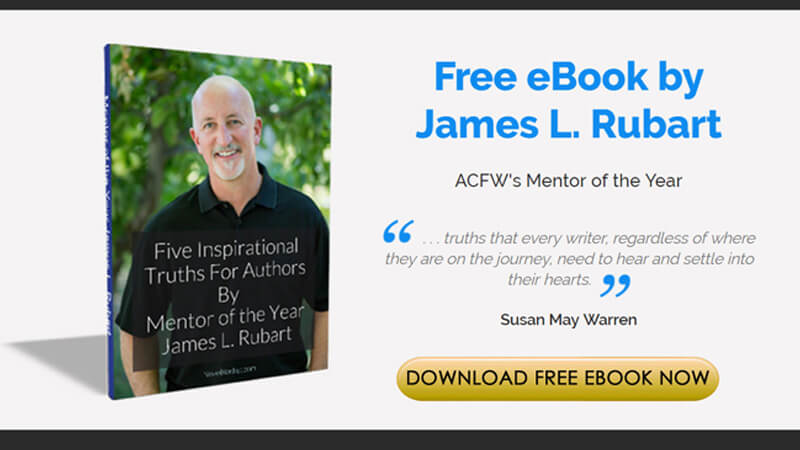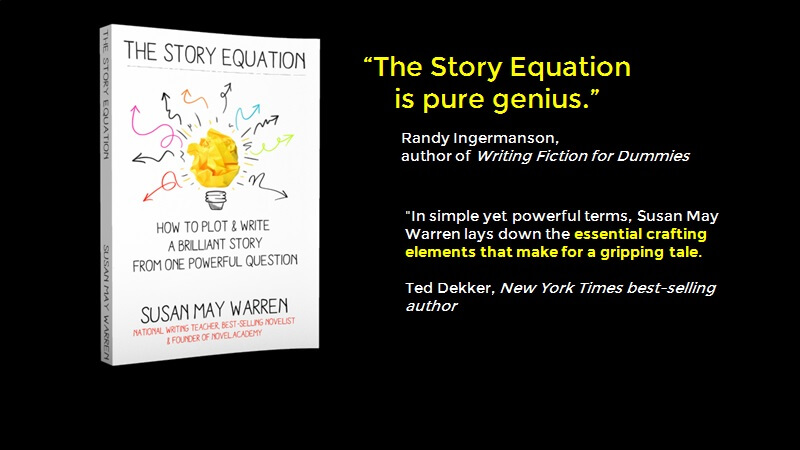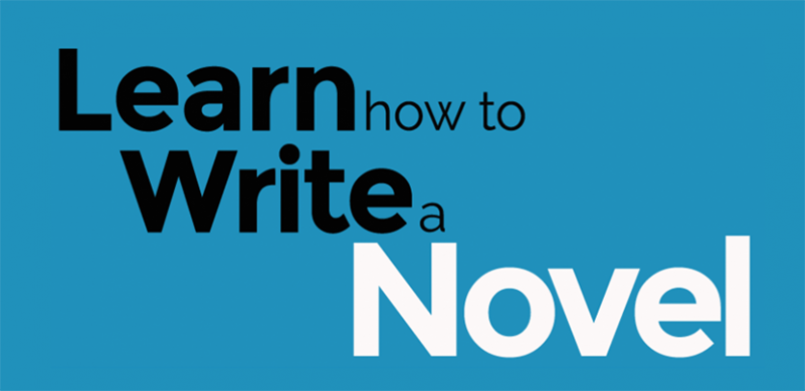Steve Laube, a literary agent and president of The Steve Laube Agency, has been in the book industry for over 31 years, first as a bookstore manager where he was awarded the National Store of the Year by CBA. He then spent over a decade with Bethany House Publishers and was named the Editor of the Year in 2002. He later became an agent and has represented over 700 new books and was named Agent of the Year by ACFW. His office is in Phoenix, Arizona. (www.stevelaube.com)
Book Industry Trends
Publishing is partly an exercise in
guessing what might be the next surprise bestseller. Some of it is an educated
guess based on certain trends we see in the industry and in society at large.
Any exercise in naming these trends bears the risk of expressing the
obvious or being out of date the moment they are stated. So bear with me as I
tinker with some of the things that are either influencing trends or are trends
within themselves.
The Blockbuster Mentality
If it was your money you would
likely “bet” on those book ideas that you know are going to sell a ton of
copies. And only those who already have a track record are assured of a
ready-made buying audience. In addition, for the non-fiction writer in
particular, there is a demand for the author of have a visible or quantifiable
platform from which they can launch their book ideas. Much ink has been spilled
on defining
platform and how to build one, and for good
reason.
Economically a single blockbuster
can make or break a publishing company’s bottom line for the year. Think of the
impact Twilight, Harry Potter, 90 Minutes in Heaven, Purpose Driven Life,
The Shack, Crazy Love, Left Behind, Radical and others have had on their
prospective publisher’s profit. Little Brown , Scholastic, Revell,
Zondervan, FaithWords, David C. Cook, Tyndale, and Waterbrook/Multnomah
respectively have each had a book whose sales created a windfall of revenue. No
one could have predicted any of those bestseller. But each has created a second
book (or more), even a franchise. Every publisher wants one for their own.
The Power of the Brick and Mortar
Retailer is Changing
The demise of Borders and the
shrinking of shelf space at Walmart has had a huge impact on publisher’s
acquisitions. In the past these two accounts, along with Barnes & Noble,
and Books-a-Million, could make or break the success of a single title. In the
CBA it has been Lifeway, Family, the Parable Group, Mardel’s, etc. that have
controlled much of the buying power of the brick and mortar stores. Today it is
that much harder to get the exposure necessary to launch new or midlist
authors.
E-books have changed the game.
Publishers can try new ways to launch authors without relying on the
traditional sales channels. (It has also opened the door for the Indie author
to succeed without the support of traditional publishers.)
Risk Management Instead of Risk
Taking
We are finding that economic
pressure has caused a number of publishers to be more cautious than ever before
when acquiring a new author (not necessarily a debut author but someone new to
their company). It is part of the first trend mentioned above. Some of my
publisher friends would argue that this has always been the case and they are
right to an extent. Fiscal responsibility has always been a part of the
publishing equation. And yet we agents can see an overall shift since the
economic challenges of the last four years. A lot of people in publishing lost
their jobs due to downsizing and those that remain are understandably careful
in their choices.
This affects us too. We must
constantly make decisions about representing books or authors based on whether
or not we think we can sell them. While one might argue that the lack of sale is
without risk to the agent I would argue that “time is money” and time spent on
a failed project is time lost forever.
A Pox on Your Trends!
I can hear the groans you’ve made
while reading this. In fact I have about four or five other bullet points that sound
increasingly morbid and depressing. As I look at them all together I actually
smiled, believe it or not. I could have written many of the same type of things
years ago and been just as accurate. I have a presentation on trends I’ve done
at conferences for nearly 15 years and the basic material has remained the
same. Illustrations have changed, but the more things change it seems the more
they stay the same.
If publishing were easy anyone
could do it and be successful. That is why it is called “work.” I take these
“trends” and have to say, “Okay, glad to know that. So let’s get busy.” Instead
of reading doom and gloom and the sky-is-falling I suggest we see the
incredible opportunities we have before us.
It is a Great Time to be a Writer
Our agency has been incredibly busy
this year closing on multiple new contracts every week since the first of
January (three more just last week). It has been astounding to see how many books
are being written by our clients. This is both exciting and encouraging. It is truly
a great time to be a writer. There are so many places for your ideas and your
words to find an audience. While it is hard, I can’t name a time when it was
ever easy. Therefore take the challenge and do the work and enjoy the
richness of changing our world word by word.

























Great post, Steve--but I wish you could elaborate on WHAT the trends are in the CBA right now! However, I know that they change about as soon as you determine what they are. If only someone kept a running list, debut authors could shoot for that.
ReplyDeleteWish we lived in a time when publishers could take risks, but I understand the whole e-phenom., as well as publisher mergers and closure of bookstores. I'm wondering if there's more risk-taking w/in the ABA?
Knowing the trends right now wouldn't help, given that it takes a year or more to get a book written, revised, edited, published and on the shelves.
ReplyDeleteWhat you actually need to know is what will be the trend 18-24 months from now. And if you can predict that, your crystal ball is better than mine.
You can predict micro-trends (e.g. lots of Christmas books come out in October and November), but big, game-breaker, 'The Shack'-type trends? Generally undpredictable. Steve has a great post on his blog about the biggest books he's turned down, proving even someone with all his experience and knowledge doesn't always get it right.
That's exciting, since I keep predicting a Viking trend--Middle Ages--if the doors would just open. But if you write your passion and you're way ahead of the curve, chances are it might not be your breakout book. This time I'm writing in a more "acceptable" CBA time period.
ReplyDelete